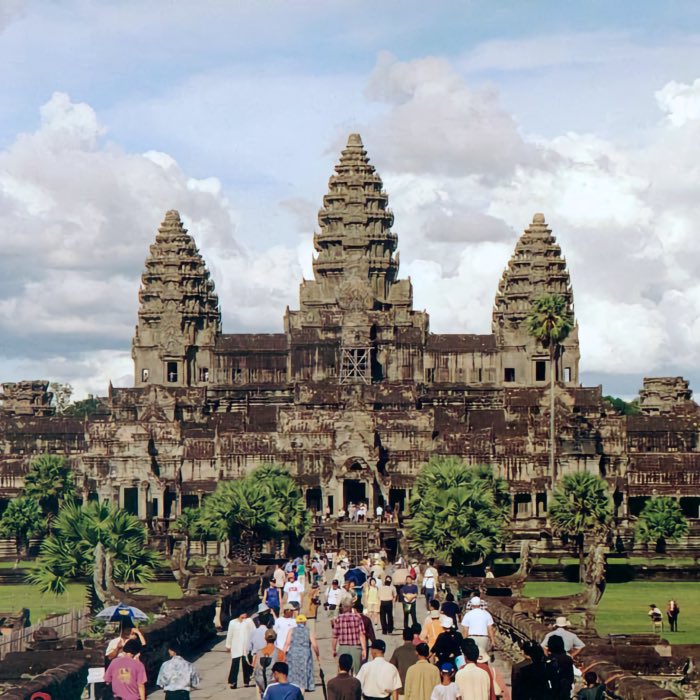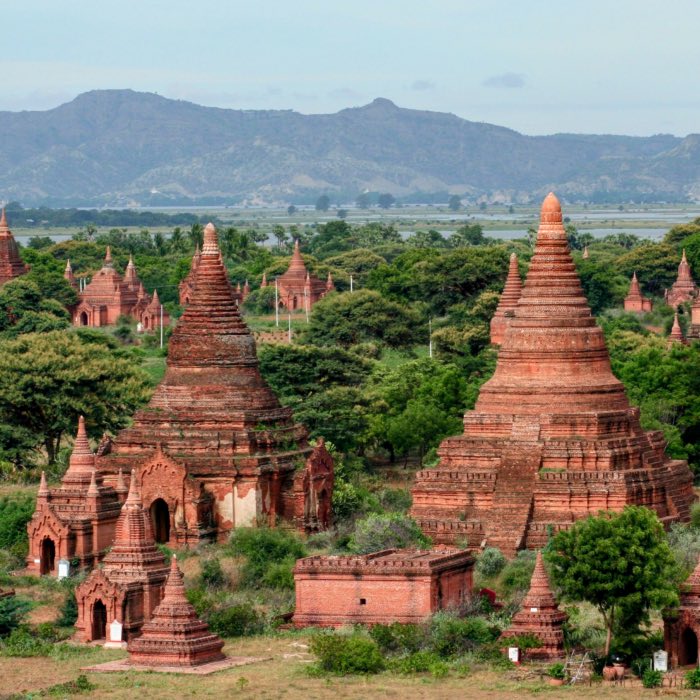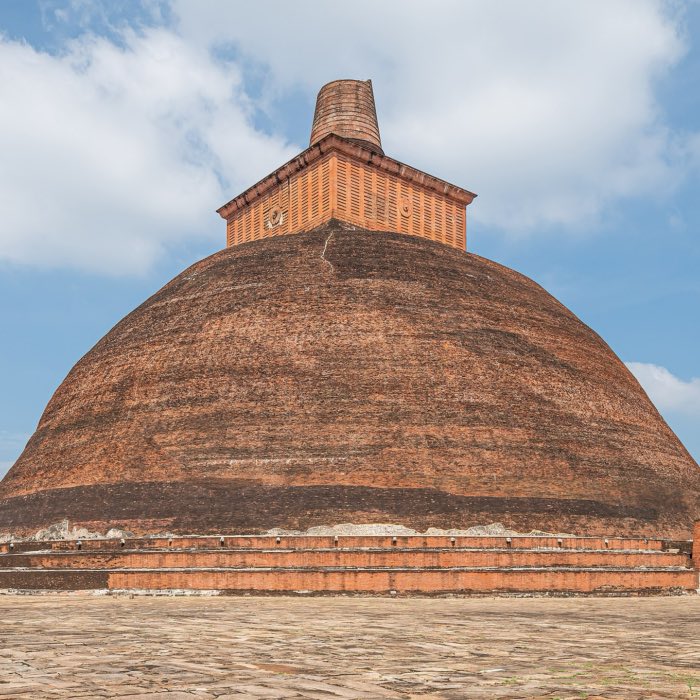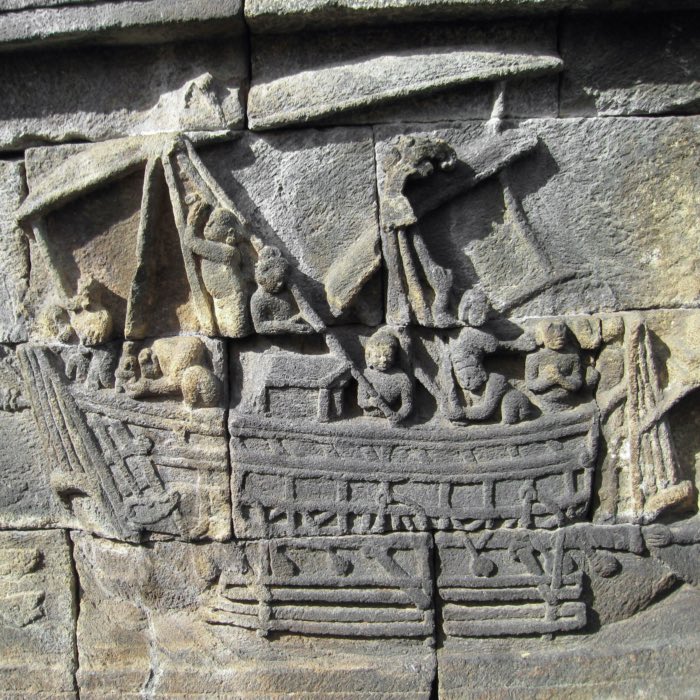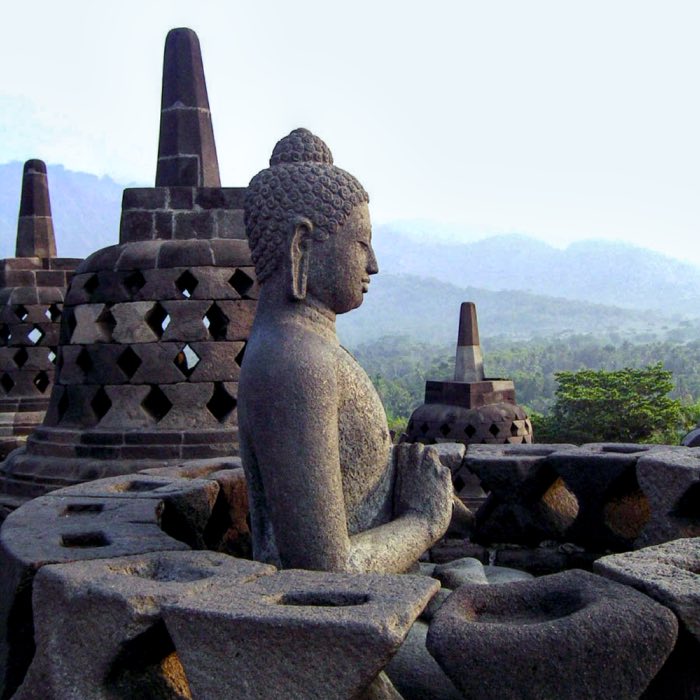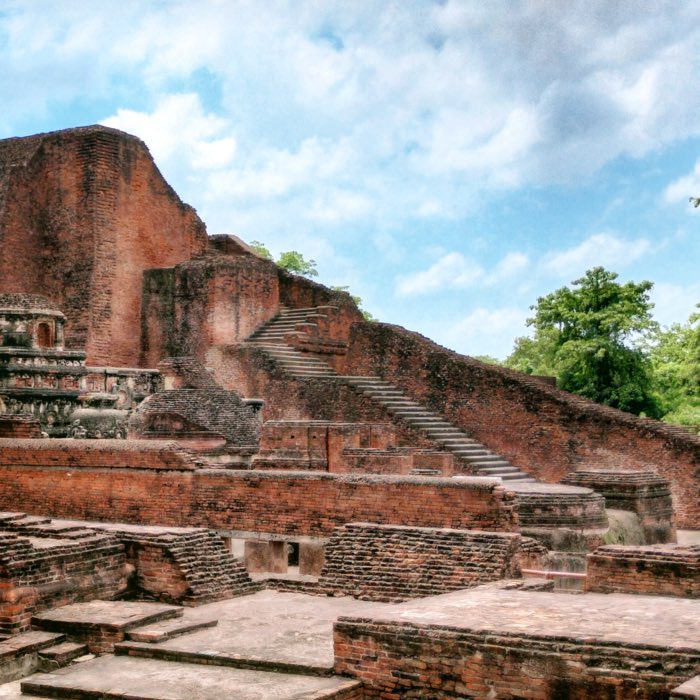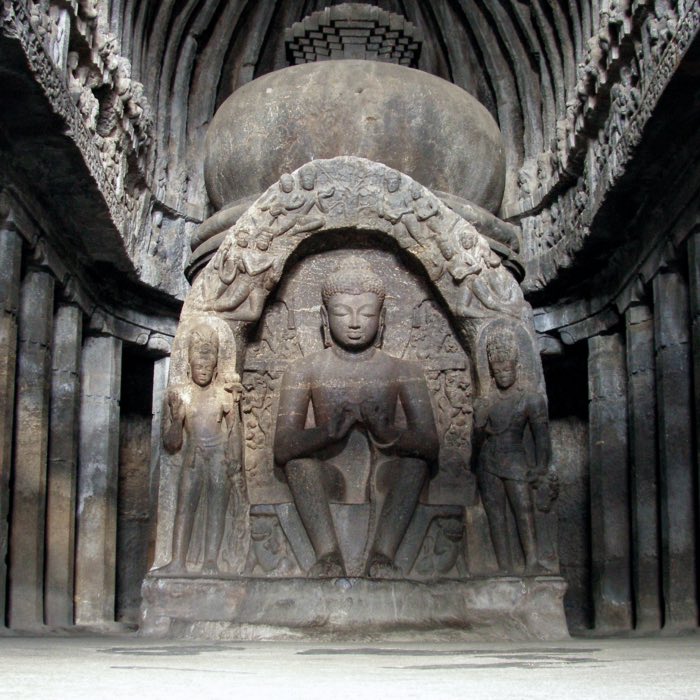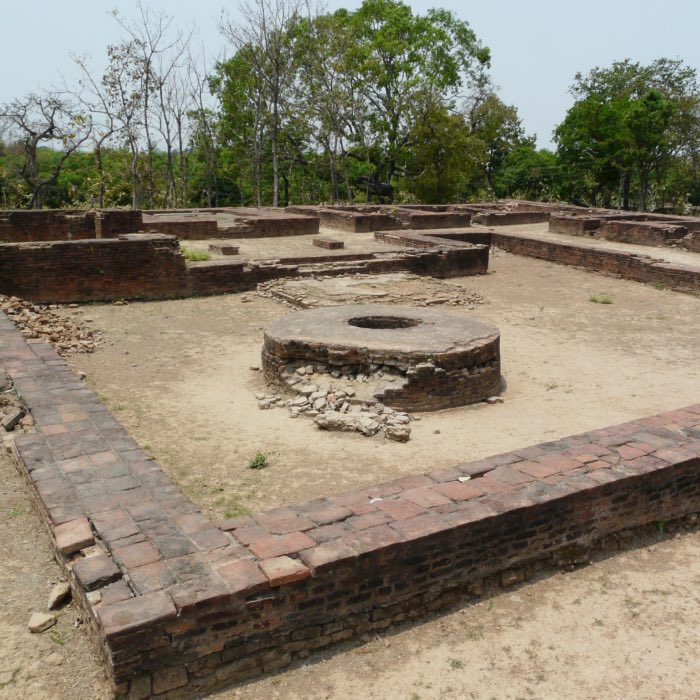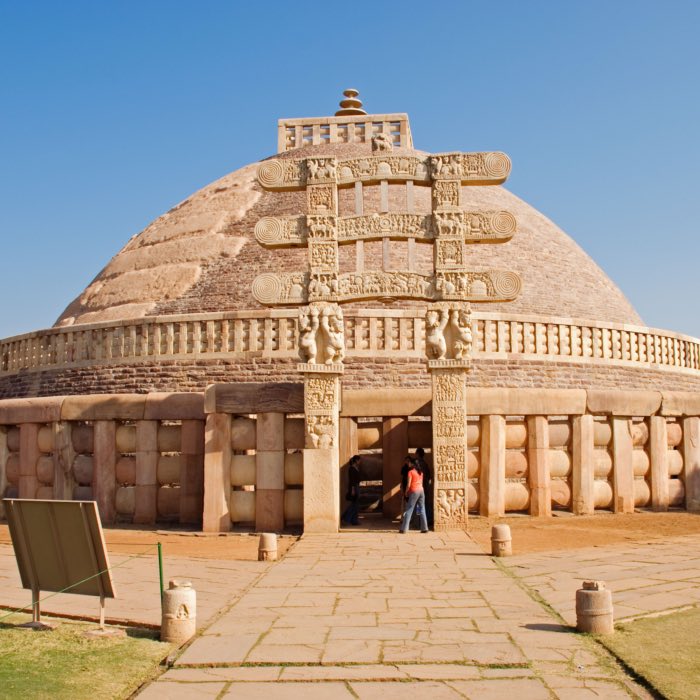Weekend Stories
I enjoy going exploring on weekends (mostly). Here is a collection of stories and photos I gather along the way. All posts are CC BY-NC-SA licensed unless otherwise stated. Feel free to share, remix, and adapt the content as long as you give appropriate credit and distribute your contributions under the same license.
diary · tags · RSS · Mastodon · flickr · simple view · grid view · page 4/51
Angkor: The Khmer empire’s sacred center
Angkor, the heart of the Khmer Empire from the 9th to 15th centuries CE, stands as one of the most iconic and enduring centers of religious and political power in Southeast Asia. Renowned for its monumental temples, including the world-famous Angkor Wat and the enigmatic Bayon, Angkor reflects a dynamic interplay of Hindu and Buddhist traditions. Over its long history, the region witnessed a remarkable religious transformation, transitioning from Hindu state cults to Mahāyāna and later Theravāda Buddhism. In this post, we examine Angkor’s historical evolution, architectural innovations, and religious significance, highlighting its role as a sacred center, a political hub, and a testament to the cultural and spiritual achievements of the Khmer civilization.
Bagan: The first unified polity of the Burmese heartland
Bagan, located in the heart of the Irrawaddy River plain in present-day Myanmar, stands as one of the most extraordinary centers of Buddhist civilization in Southeast Asia. Flourishing between the 9th and 13th centuries CE, Bagan was not only the first unified polity of the Burmese heartland but also a monumental landscape of religious devotion and artistic innovation. With thousands of temples, stupas, and monasteries spread across its plain, the city became a hub for Theravāda Buddhism, blending royal ambition with spiritual merit-making. Under the leadership of King Anawrahta and his successors, Bagan played a pivotal role in institutionalizing Theravāda orthodoxy, fostering monastic education, and facilitating the transmission of Buddhist texts and practices across the region. In this post, we explore Bagan’s historical rise, its architectural and artistic achievements, and its legacy as a sacred and cultural landmark in the Buddhist world.
Anurādhapura: Early Buddhist urbanism and monastic landscapes in Sri Lanka
Anurādhapura, the ancient capital of Sri Lanka, stands as one of the most significant centers of early Buddhist urbanism and monastic culture in South Asia. From its founding in the 4th century BCE to its decline in the 10th century CE, the city served as a political, religious, and cultural hub, shaping the development of Theravāda Buddhism. In this post, we explore Anurādhapura’s historical evolution, monumental architecture, sacred geography, and its legacy as a cornerstone of Sri Lankan Buddhist heritage.
Srivijaya: A Buddhist maritime empire in Southeast Asia
Between the 7th and 13th centuries CE, the maritime empire of Srivijaya flourished as a hub of political power, trade, and Buddhist scholarship in Southeast Asia. Strategically located in southern Sumatra, Srivijaya controlled key maritime routes and facilitated the exchange of goods, ideas, and religious practices between India, China, and the wider region. In this post, we explore Srivijaya’s rise, its role as a Buddhist center, and its legacy in the history of maritime Asia.
Borobudur: A Buddhist mandala in stone
Rising majestically from the Kedu Plain in Central Java, Borobudur is a masterpiece of Buddhist architecture and religious art. Constructed in the 8th to 9th centuries CE under the Sailendra dynasty, this monumental stūpa embodies Mahāyāna Buddhist cosmology and serves as a three-dimensional mandala guiding practitioners on the path to enlightenment. In this post, we explore Borobudur’s historical context, architectural symbolism, and cultural significance, highlighting its role as a sacred site and a testament to the cosmopolitanism of early medieval Java.
Buddhist institutions and sacred sites across Asia, 500–1300 CE
Between the 6th and 13th centuries CE, Buddhist institutions and sacred sites across Asia flourished as centers of learning, ritual, and cultural exchange. This period marked the height of transregional Buddhism, with monumental sites like Nālandā, Borobudur, and Bagan serving as hubs of intellectual and spiritual activity. These institutions not only preserved and disseminated Buddhist teachings but also fostered artistic innovation, architectural grandeur, and cross-cultural connections that shaped the religious landscape of Asia. In this post, we explore the development of these key centers, highlighting their roles in monastic education, pilgrimage networks, and doctrinal transmission.
Buddhist universities: Innovation and transmission in monastic education
Buddhist universities were among the most complex and influential institutions developed within the broader history of monastic education. Building on earlier forms of oral transmission and teacher-student relationships in monasteries, these universities emerged as centers of advanced learning that helped systematize Buddhist knowledge, cultivate scholastic networks, and support doctrinal transmission across regions. In this post, we examine their historical development, curricular features, architectural legacy, and long-term impact on Buddhist traditions in South, Central, and Southeast Asia.
Buddhist cave temples
Buddhist cave temples and monasteries are among the most remarkable architectural and religious achievements in the history of Buddhism. Carved into cliffs and mountains across Asia, these sites served both as places of worship and as monastic residences, reflecting a complex interplay of spiritual practice, artistic expression, and cultural exchange. From India to China, from Central Asia to Southeast Asia, these rock-cut complexes provide critical insight into the development of Buddhist institutions, the transmission of the Dharma, and the regional adaptations of sacred space.
Early Buddhist monasteries
The emergence of Buddhist monasteries marks a turning point in the history of Buddhism, transforming a loosely organized community of wandering ascetics into a structured and enduring institution. These early monasteries, known as vihāras, served as physical centers for spiritual cultivation, doctrinal preservation, and social organization. Drawing on textual sources, archaeological evidence, and historical context, in this post we examine the origins, architecture, organization, and geographic spread of the first Buddhist monasteries, with attention to their role in shaping the evolution of Buddhism over time.
Stūpas: Sacred architecture of Buddhism
The stūpa is one of the most iconic and enduring forms of Buddhist sacred architecture. Emerging from ancient Indian burial traditions, it evolved into a structure that not only houses relics but also embodies the cosmological and spiritual worldview of Buddhism. Unlike conventional buildings, the stūpa is not meant to be entered. It is meant to be circumambulated, meditated upon, and venerated, making it as much a ritual space as an architectural form. The stūpa has served multiple roles: a reliquary for the remains of the Buddha and other enlightened figures, a symbol of enlightenment itself, and a focal point for communal and devotional activity. Its significance extends beyond its physical design, integrating symbolism, ritual, and identity across Buddhist traditions. This post offers a historical and architectural overview of the stūpa, tracing its development from ancient India to its regional adaptations across Asia. We also examine how the stūpa functions as a medium of religious expression and cultural continuity within the broader Buddhist world.
